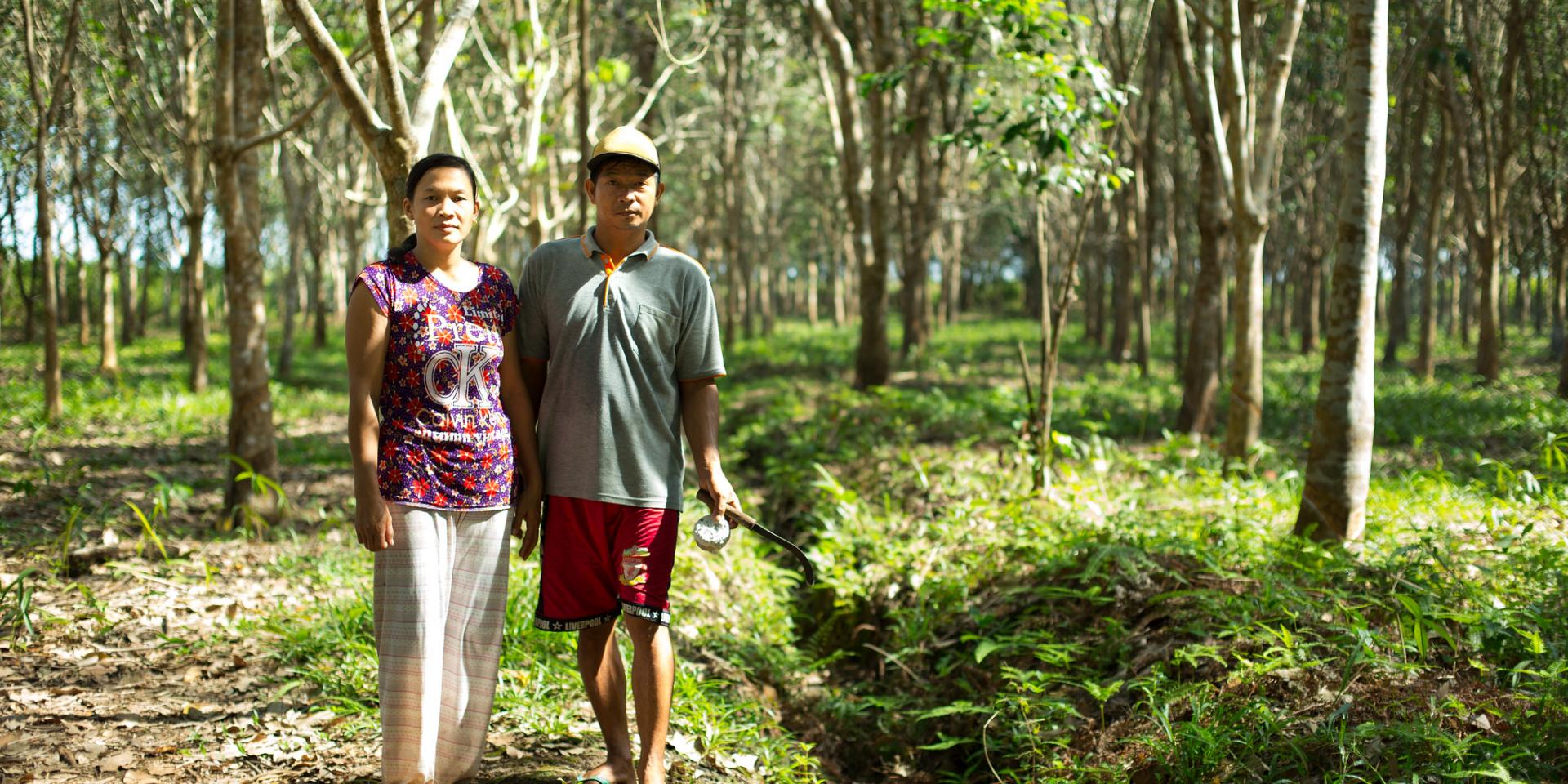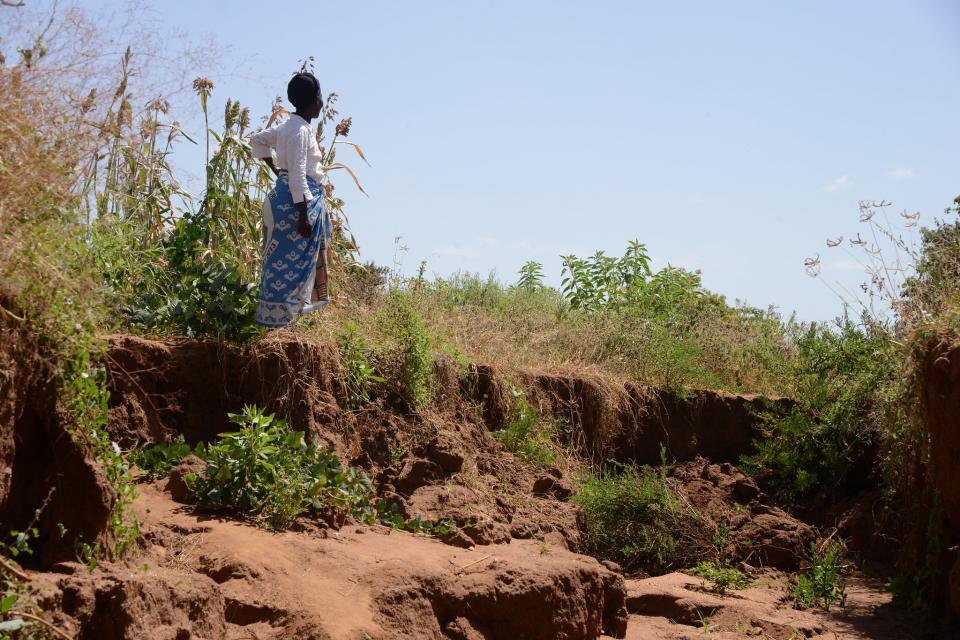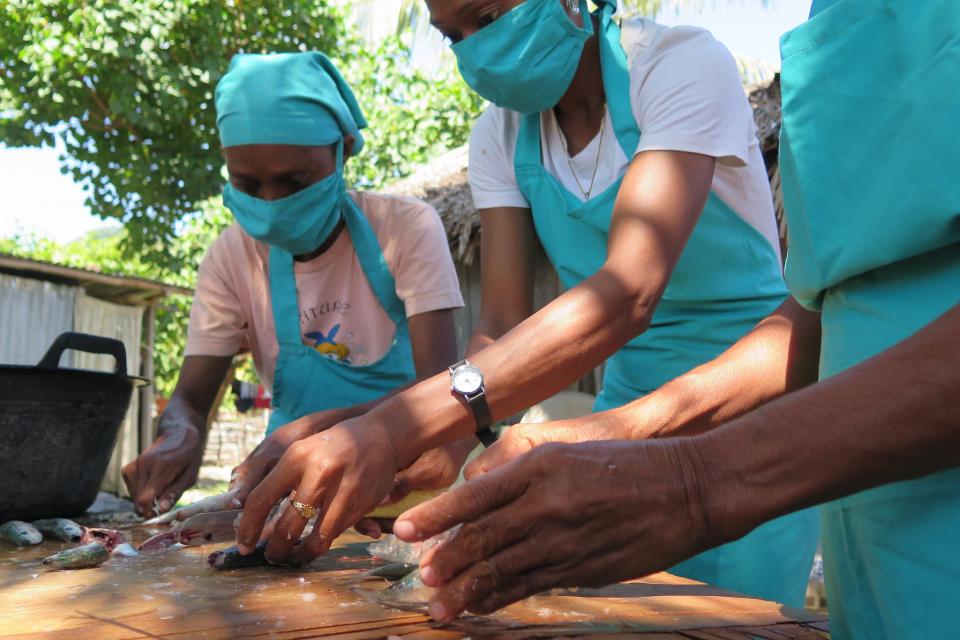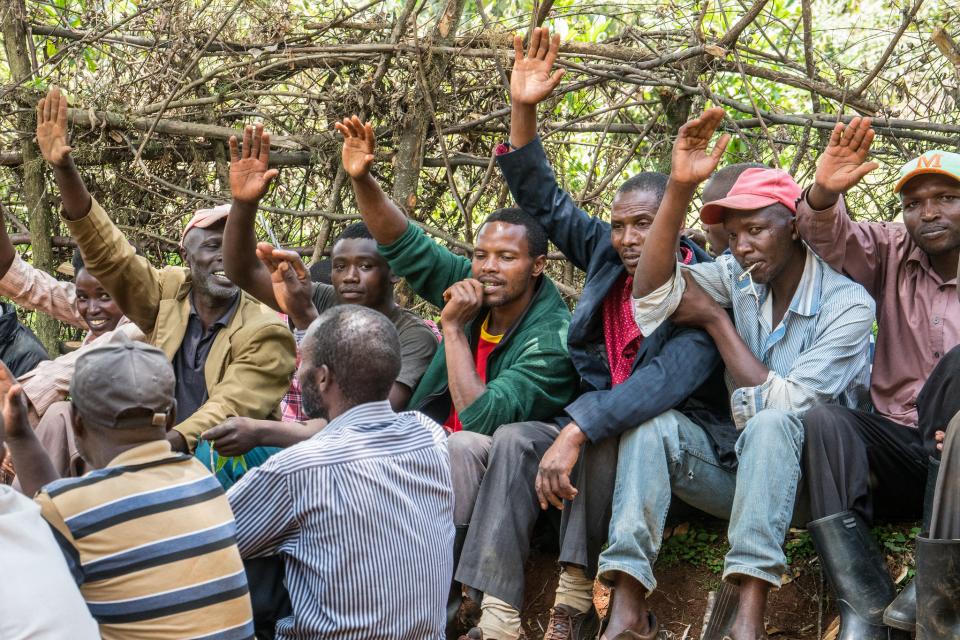As a decade of ecosystem restoration kicks off, don't forget the people
 Photo: CIFOR
Photo: CIFOR
Global ecosystem restoration efforts are often measured by billions of trees planted or square kilometers of land restored. But there is a critical void in the agenda: The social and political dimensions that make restoration a success
With the start of the United Nations' Decade on Ecosystem Restoration, which runs through 2030, a tremendous amount of money and effort will be put into re-growing forests, making over-exploited farmland productive, and reviving damaged marine environments. This is a good, and vital, initiative. Without quick action to clean up the fallout of humanity's scorched-earth economic systems, goals on hunger, biodiversity and climate will be unattainable.
But in examining restoration projects already underway across the globe, a group of scientists has found that restoration action is at risk of failure if it doesn't make social and political considerations at the center of efforts.
"Biophysical considerations are usually central to restoration efforts," said Marlène Elias, a CGIAR gender researcher at the Alliance of Bioversity International and CIAT. "While there's usually a peripheral nod at other issues, there generally isn't substantial engagement with the social, human and political dimensions of restoration."
The research is part of a special edition of Ecological Restoration titled "Restoration by Whom, for Whom," published in June 2021. The eleven papers include a successful kelp restoration project on Canada's West Coast, centered on the worldviews, ethics, and values of the Haida First Nation, with co-authors from the Haida First Nation. There is a study of a lake restoration project in Bangalore, India, where the lake ecosystem was "successfully" restored but the main beneficiaries were well-heeled urban residents at the exclusion of more vulnerable local communities who used to depend on the lake to fish, water their livestock, and more. Another group of authors reflect on inclusiveness in restoration based on their experience developing a mangrove restoration project with local communities.
Other research included work on farmer-managed natural regeneration in Ghana, on-farm experiments and payments for ecosystem services in Kenya, a government-led tree planting initiative in Vietnam and the use of an adapted Restoration Opportunities Assessment Methodology in India. The remaining papers provide perspectives on multi-stakeholder engagement and restoration approaches that offer entry points for inclusive restoration.
Authors include scientists from the CGIAR's International Food Policy Research Institute, International Water Management Institute, and World Agroforestry, as well as from universities, Indigenous communities, NGOs, governments, the World Resources Institute, and other organizations from around the globe.


